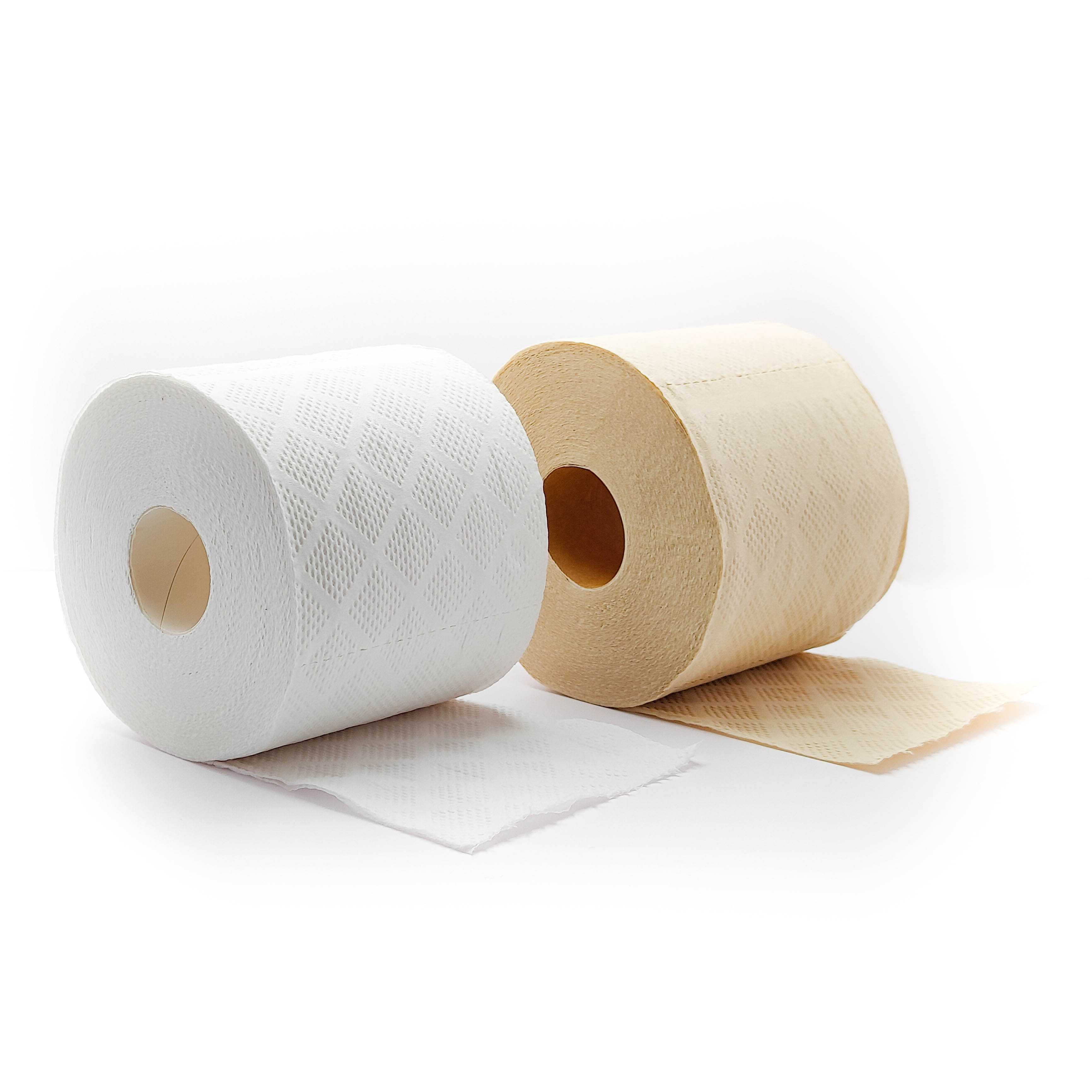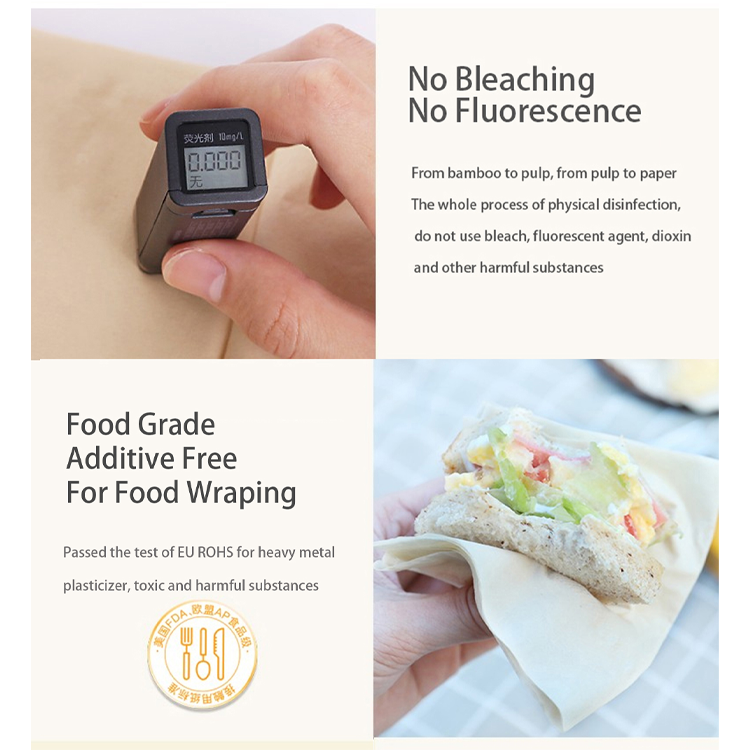Toilet paper is an essential item in every household, but the common belief that “the whiter the better” may not always hold true. While many people associate the brightness of toilet paper with its quality, there are other important factors to consider when choosing the right toilet paper for your needs.

First and foremost, the whiteness of toilet paper is often achieved through a process that involves the use of chlorine and other harsh chemicals. While these chemicals may give the toilet paper a bright white appearance, they can also have negative effects on the environment and human health. Additionally, the bleaching process can weaken the fibers of the toilet paper, making it less durable and more prone to tearing.
It may contain too much fluorescent bleach. Fluorescent agents are the main cause of dermatitis. Long-term use of toilet paper containing excessive amounts of fluorescent bleach may also lead to consumption.
Furthermore, the excessive use of bleach and other chemicals in the production of toilet paper can contribute to water and air pollution. As consumers become more environmentally conscious, there is a growing demand for eco-friendly and sustainable alternatives to traditional toilet paper. Many companies are now offering unbleached and recycled toilet paper options that are not only better for the environment but also for personal health.
In conclusion, when it comes to choosing toilet paper, the focus should not solely be on its whiteness. Instead, consumers should consider the environmental impact of the production process and the potential health risks associated with the use of heavily bleached toilet paper. By opting for unbleached or recycled toilet paper, individuals can make a positive impact on the environment while still ensuring their personal hygiene needs are met. Ultimately, toilet paper that is not the “whiter the better” can be a more sustainable and responsible choice for both consumers and the planet.
Yashi 100% bamboo pulp toilet paper is made of natural high-mountains Ci-bamboo as raw material. No chemical fertilizers and pesticides are applied during the entire growth process, no promotion growth (fertilization to promote growth will reduce fiber yield and performance). no bleached . Not detected pesticides, chemical fertilizers, heavy metals and chemical residues, to ensure that the paper does not contain toxic and harmful substances .So, it's safer to use.

Post time: Aug-13-2024




